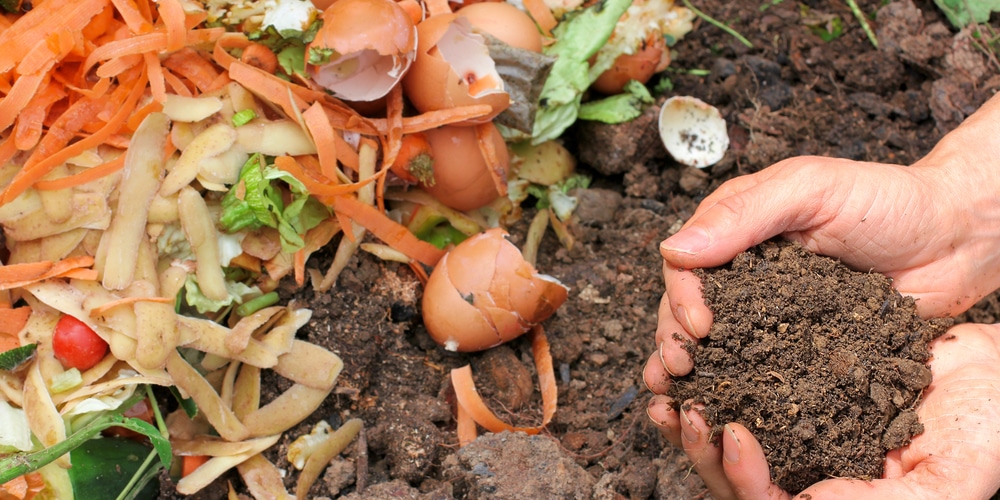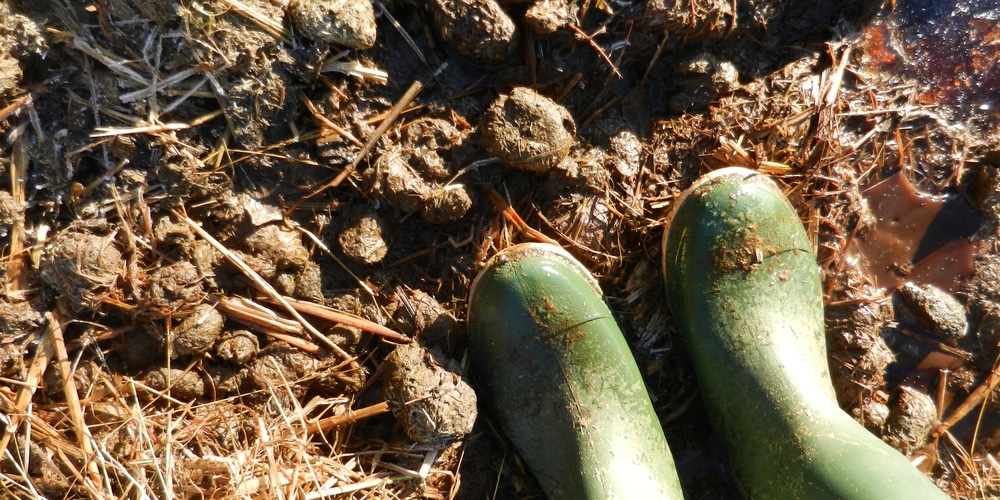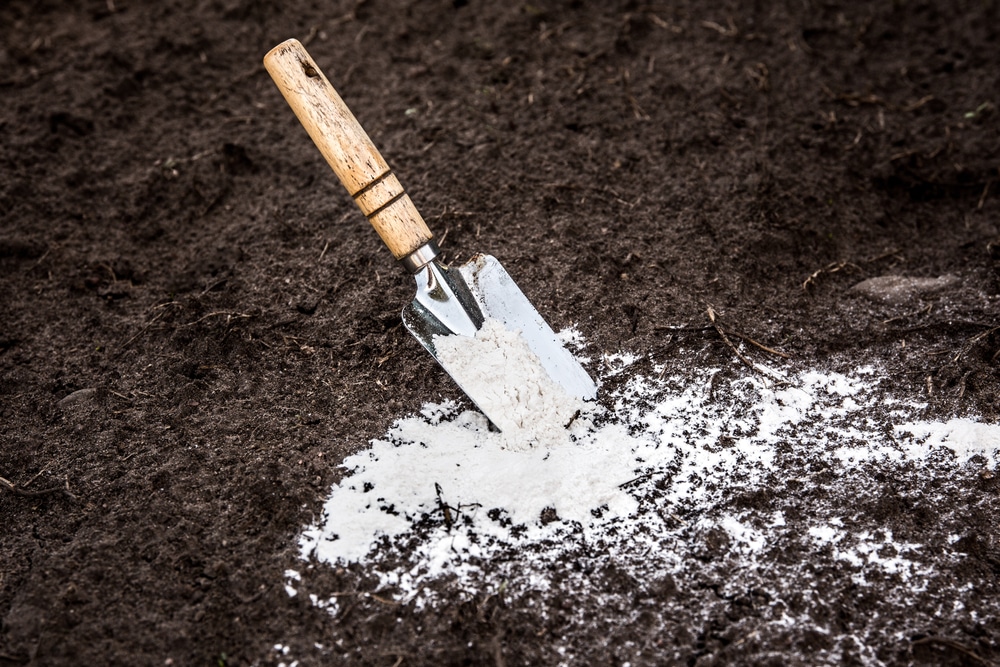Phosphorus is naturally present in the soil, but phosphorus levels can drop over time due to leaching. You can use commercial fertilizer or explore a natural method of introducing more phosphorus into your garden. Let’s look at natural phosphorus for plants.
Natural Phosphorous for Plants
Phosphorus is a key mineral for plants. It supports the mechanism that allows plants to turn sunlight into energy, and a phosphorus deficiency often results in limited growth and unhealthy shoots.
Start a Compost Pile

One of the best ways to supplement your garden with essential nutrients is to start a compost pile. A compost pile allows you to limit food waste while being an inexpensive way to fertilize your garden.
You’ll need two types of material for your compost pile:
- Brown materials. These materials include wood and organic materials rich in fiber, like dry leaves, tree bark, cardboard, or pine needles.
- Green materials. These materials include fruit and vegetable scraps, egg shells, coffee grounds, or grass clippings.
You can create a pile by alternating layers of brown and green materials in a corner of your yard. You’ll have to turn the mound over to aerate it regularly.
You can also use a bin or tumbler to create compost. Some gardeners like to use worms to speed up the decomposition process and keep their compost aerated.
It’s crucial to keep your compost pile moist to allow for proper decomposition. While you can recycle a wide range of kitchen scraps, you should avoid meat, dairy, and fat-rich foods.
Add Some Manure
Manure is one of the best alternatives to commercial fertilizer. It’s rich in nitrogen, phosphorus, and potassium, the three basic nutrients plants need to thrive.
Manure mostly contains feces from animals. You can also find manure with litter or bedding material that has absorbed urine.
The downside of manure is that nitrogen and ammonia levels can be high, especially if you’re using manure that contains urine. High levels of nitrogen and ammonia can burn plant roots.
Use manure sparingly and mix it with organic compost to lower ammonia levels. If you can, use bat guano since this ingredient is rich in phosphorus.
Use Bone Meal
Bones contain between 15 and 27% of phosphorus. They’re also rich in calcium. Once you grind bones into a fine powder, plants can absorb this valuable nutrient.
Bone meal is a great way to add phosphorus to targeted areas while reusing kitchen waste.
Look For Pulverized Rock Phosphate
Pulverized rock phosphate is a mineral you can mix into the soil, preferably before planting seeds. It’s a good option for supplementing phosphorus levels because it releases minerals slowly.
Pulverized rock phosphate will not release phosphorus unless your soil is acidic. Test your soil pH to make sure it’s above 5.5 before adding some pulverized rock phosphate. If your soil is alkaline, you can create an acidic mixture with compost and pulverized rock phosphate to release some phosphorus into the soil.
Reuse Crab and Shrimp Waste
Shellfish is an excellent source of phosphorus. You can reuse the shells by grinding them and sprinkling them around the base of plants that need a phosphorus boost. You can also bury this powder a few inches into the ground.
You can use shells from crabs, shrimps, lobsters, crawfish, and even oysters to add some phosphorus to your garden.
Fertilize With Human or Animal Hair
Another natural phosphorus for plants is hair or fur. Hair contains nitrogen and phosphorus. Studies have shown that fertilizing with human or animal hair can support plant growth.
Hair can take up to two years to decay. This method allows for a slow and continuous release of phosphorus into the soil. You can keep your own hair after getting a haircut or even sprinkle hair from your pet’s brush when they shed. It’s an easy way to continuously integrate more phosphorus into your garden.
Natural Phosphorus for Plants: Conclusion
From starting a compost pile to reusing kitchen scraps like bones or crab shells, there are many ways to introduce more phosphorus into your garden. Compost and manure are the most effective natural fertilizers since these methods also introduce other essential nutrients like nitrogen and potassium. Alternatively, you can use chemical fertilizers to add phosphorus to your plants soil.

